How Salesforce is Spicing Up
Its CRM Game with CMS
You may have heard that Salesforce just recently announced its own Content Management System. At their core, Content Management Solutions are able to create and manage digital content. Now, Salesforce CMS is proposing using Salesforce’s capabilities as a leading customer information powerhouse to transform how content management is done.
What’s new?
Contemporary Content Management Solutions promise sophistication and customization even for users who have little to no exposure to coding or development. As simple as drag and drop, advanced user interfaces are giving users control over their webpages that would normally require the lift of both developers and designers.
The official page for Salesforce CMS already promises all the features you would expect from a modern CMS: collaboration across teams; responsive design; distribution to multiple communications channels; edit views of live pages; and easy to use interface. At a quick glance, you can already observe that the interface is as simple and customizable as current leading website builders.
Salesforce CMS, which considers itself a “hybrid content management system,” distinguishes itself by being built natively on, of course, a CRM. CRM data is baked into the Content Management Solutions from the get-go, reducing the hassle and maintenance of setting up CMS-CRM connections. For businesses invested in digital transformation, the ability to visualize CRM data straight to content pages in ways that are easy, beautiful, on brand, and timely will be a significant difference than what other Content Management Solutions can provide. Further, users of Salesforce CRM solutions can now potentially be active content creators without having to lean on developers.
Hey, I think I’ve seen these features before…
Yes, sort of. In the beta release of its Content Management Solution, Salesforce refers to Salesforce CMS as an upgrade to CMS for Community Cloud in its Summer ’19 Release Notes. Users of CMS for Community Cloud had their content automatically moved to the new Salesforce CMS, which included new functionality.
The release of Salesforce CMS marks that it is “now generally available” with more features, according to Salesforce’s Winter ’20 Release Notes. Content can also now also be shared to the B2B Commerce managed package and communities created using Salesforce Tabs + Visualforce. Lightning Communities can build customized pages, which are no longer limited to the preset layouts and navigation structure or menu components. Through Salesforce CMS, role-based access can now be assigned to team members for authoring content authoring and selecting setting.
As of mid-November 2019, commerce and marketing cloud features are listed as “Coming Soon.”
Why Salesforce CMS now?
In the current landscape of CMS solutions, we are definitely not short options. We dare you to scroll through this list of available CMS technology. According to BuiltWith’s web technology usage trends, WordPress continues to be a clear world frontrunner with 27+ million live websites, consistently capturing greater than 50% of the CMS technology market share. Despite the many open source options available, Wix, Squarespace, and Shopify have captured a strong user base with 3.9+ million 1.7+ million and 1 million live websites, respectively, who are drawn to its convenience and affordability. This new guard of relatively out-of-the-box, developer-not-needed solutions, however, may be better suited for small- to medium-sized businesses.
From security to conformity, the difficulties for managing a CMS for larger enterprises can certainly get massive and complex. Setting up connectivity between CMS and a CRM can especially be a challenge for those organizations actively tracking their customers’ activities across many digital campaigns. There certainly is a growing market need for a new type of Content Management Solution for large organizations.
Thus, the Salesforce Content Management Solution poses an intriguing proposition to its loyal base of heavy-hitting enterprise CRM users. It further positions itself to be the Content Management Solution of choice for any new organization looking to get started on other Salesforce solutions.
Salesforce has demonstrated how they can grow fast and clearly dominate. Among CRM providers, Salesforce’s comprises nearly one fifth of the market, which is double the CRM sales of the runner-up, SAP, and three times as much as Oracle in third. The question remains whether adoption of Salesforce CMS will be just as significant.



